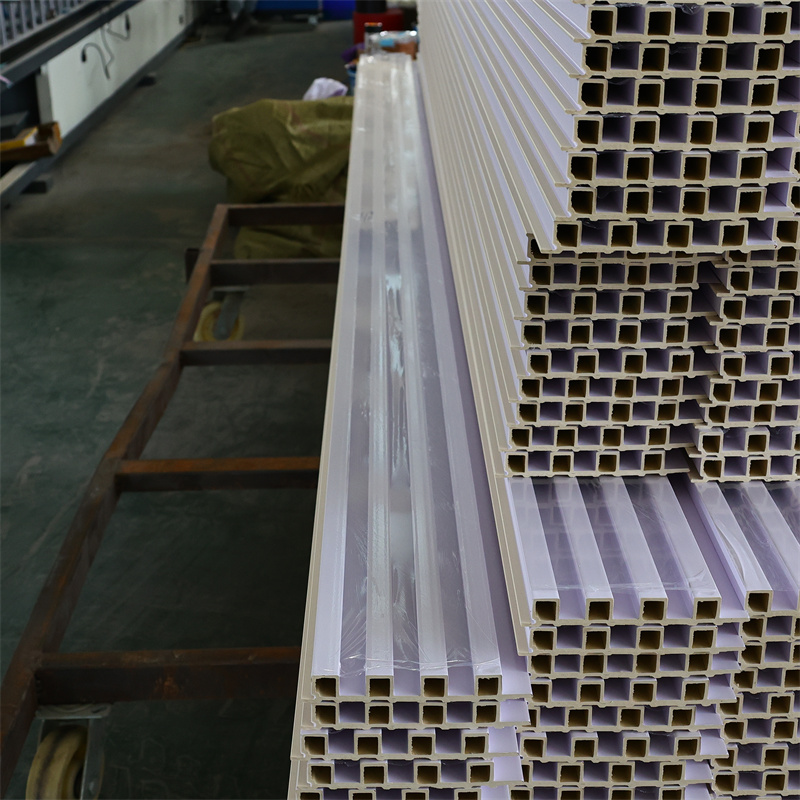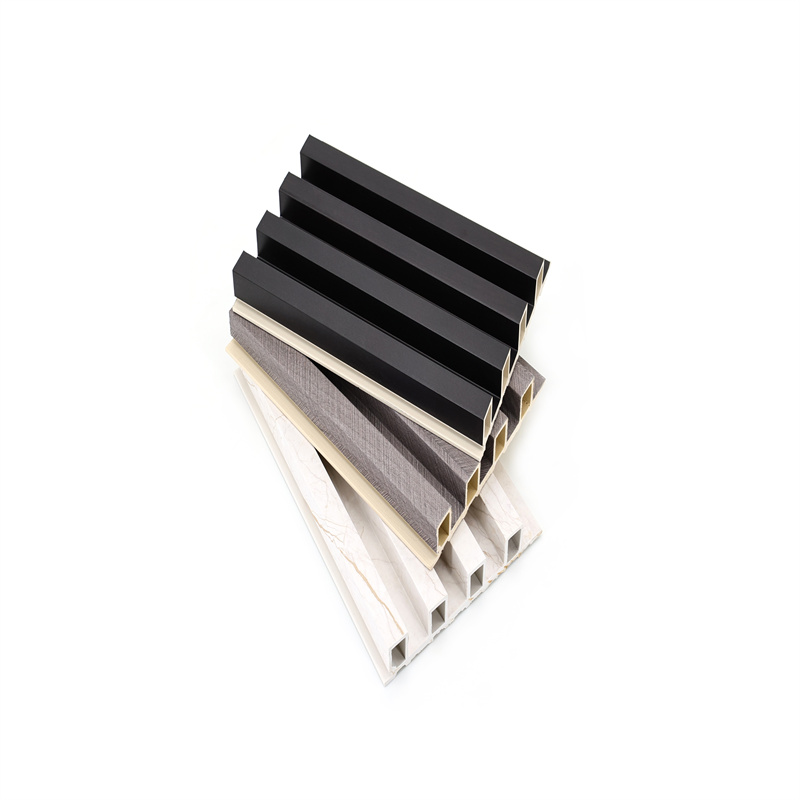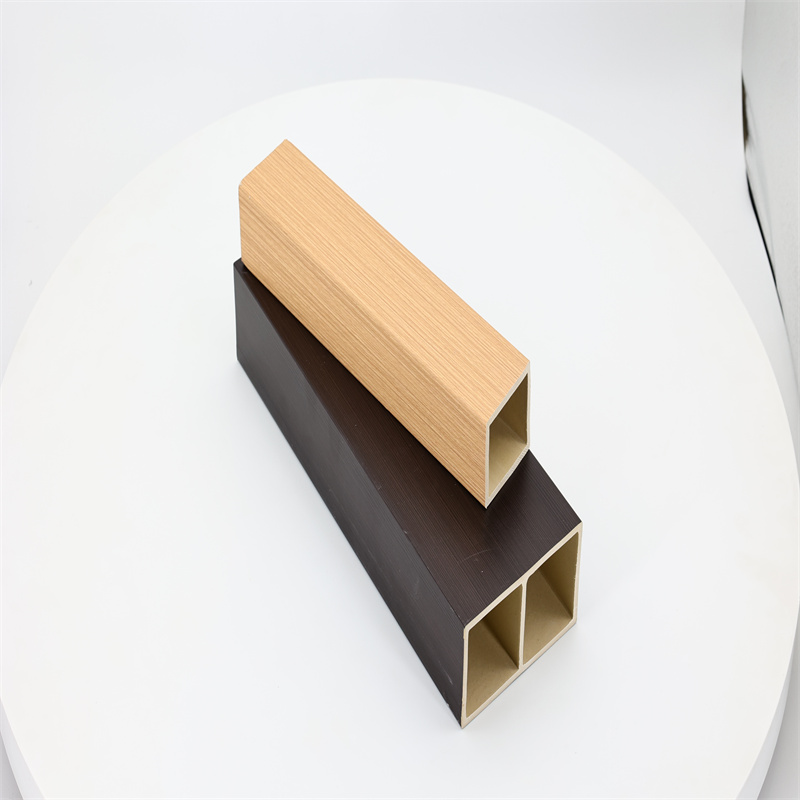
Wall paneling has long been an essential element of interior design, providing both aesthetic appeal and functional benefits to spaces.
With the growing popularity of eco-friendly and versatile materials, Wood-Plastic Composite (WPC) wall paneling has emerged as a viable alternative to traditional wall paneling materials like wood,
MDF (Medium Density Fiberboard), and PVC (Polyvinyl Chloride). However, the price difference between WPC and traditional wall paneling raises the question: Is the price difference justified?
In this essay, we will delve into the characteristics, advantages, and disadvantages of both WPC and traditional wall paneling to evaluate if the price differential aligns with the benefits they offer.
This analysis aims to provide clarity to consumers and designers seeking cost-effective and durable wall paneling solutions for their projects.
Understanding WPC Wall Paneling
Wood-Plastic Composite (WPC) is a composite material made from wood fibers or flour combined with thermoplastics, such as polyethylene, polypropylene, or polyvinyl chloride.
This blend results in a versatile material that mimics the appearance of natural wood while offering superior durability and resistance to moisture and environmental factors.
The production process of WPC wall panels involves extrusion and molding, providing designers with a wide range of design options and textures.
One of the significant advantages of WPC wall paneling is its eco-friendly nature.
By utilizing recycled wood fibers and recyclable plastics, WPC helps reduce the strain on natural resources and minimizes waste. Moreover,
its resistance to moisture, decay, and insects ensures that WPC wall panels have a longer lifespan than traditional wood paneling, reducing the need for frequent replacements and maintenance.

Traditional Wall Paneling: Materials and Characteristics
Traditional wall paneling encompasses various materials, with wood, MDF, and PVC being the most common choices.
Each material offers distinct advantages and limitations, influencing their price points and suitability for different applications.
- Wood Wall Paneling: Natural wood panels exude a timeless appeal and a unique grain pattern. While they provide an unmatched aesthetic,
- natural wood paneling is susceptible to moisture, rot, and insect damage, which necessitates regular maintenance and refinishing. The cost of wood wall paneling can vary significantly based on the type of wood used, with exotic hardwoods being more expensive.
- MDF Wall Paneling: MDF is an engineered wood product made from wood fibers combined with resins and binders. It offers a smooth surface that is easy to paint and comes at a lower price point compared to natural wood. However, MDF is prone to swelling and damage in humid conditions, limiting its suitability for moisture-prone areas.
- PVC Wall Paneling: PVC panels are made from synthetic plastic resins and offer excellent moisture resistance, making them ideal for wet areas like bathrooms and kitchens. Their affordability and easy installation process contribute to their popularity. Nevertheless, PVC wall paneling may lack the authentic feel of natural materials and might not be as durable as WPC.

Evaluating Price vs. Benefits
Now that we have a comprehensive understanding of both WPC and traditional wall paneling materials, let’s explore whether the price difference is justified by the benefits they offer.
- Durability and Longevity: WPC wall paneling’s superior resistance to moisture, rot, and insects ensures a longer lifespan compared to traditional wood paneling. The reduced need for maintenance, repairs, and replacements justifies the initial higher cost of WPC, making it a cost-effective choice in the long run.
- Environmental Impact: WPC’s eco-friendly composition, utilizing recycled materials and being recyclable itself, aligns with the growing global emphasis on sustainable construction. While traditional wall paneling materials like MDF and PVC may have a lower upfront cost, their environmental footprint and shorter lifespan may not justify the lower price in the context of long-term sustainability.
- Aesthetics and Customization: The authenticity of natural wood and the design versatility of WPC contribute to its appeal as a premium wall paneling material. WPC offers a wide range of textures, colors, and finishes, allowing designers to achieve various aesthetic goals. Traditional materials may not offer the same level of customization, limiting design options for interior spaces.
- Performance in Moisture-Prone Areas: WPC’s resistance to moisture and humidity makes it highly suitable for areas like bathrooms, kitchens, and basements. In contrast, traditional wood and MDF panels may swell, warp, or deteriorate in such environments, leading to potential replacement costs and damage repair.
Making an Informed Decision
In conclusion, the price difference between WPC and traditional wall paneling is indeed justified by the benefits it offers.
WPC wall paneling’s durability, eco-friendliness, design versatility, and performance in moisture-prone areas make it a superior choice compared to traditional materials like natural wood, MDF, and PVC.
While the initial investment in WPC may be higher, its long-term cost-effectiveness,
reduced maintenance requirements, and positive environmental impact outweigh the price disparity.
Designers and consumers seeking a cost-effective and sustainable wall paneling solution should seriously consider WPC as a reliable and aesthetically pleasing option for their projects.